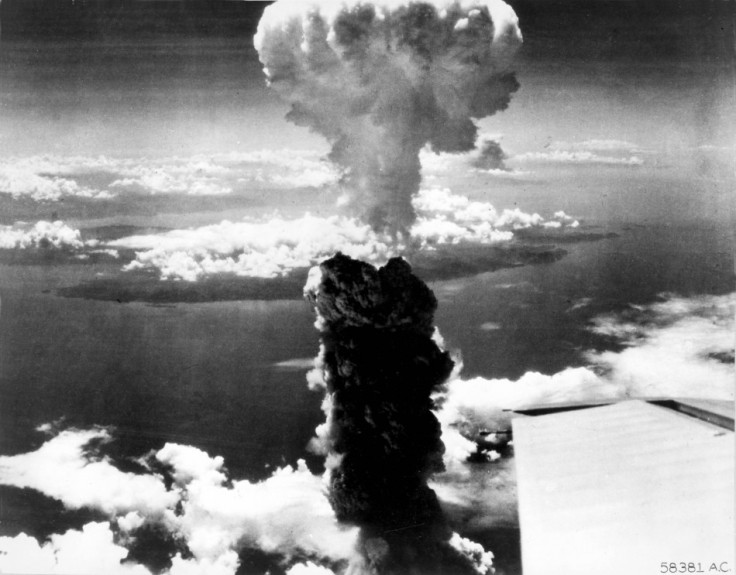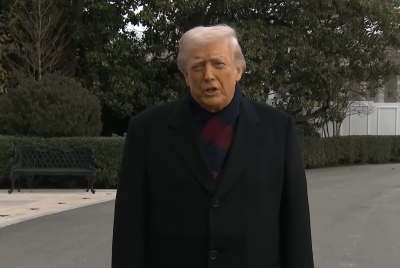Nagasaki Bombing: Burning Coal Tar Saved Kitakyushu?

The city of Kitakyushu in Japan perhaps owes its survival in World War 2 to its mill workers.
Following a radio broadcast that US aircraft were flying northward, these men in their factory started the incinerator which held oil drums filled with coal tar, setting off black smoke.
It was their attempt to lay a smoke screen over the city that perhaps saved Kokura, the present day Kitakyushu, they told Mainichi Shimbun, as the 69th anniversary of the Nagasaki bombing approaches.
The United States initially set the Fukuoka Prefecture city of Kokura as the first target for the atomic bombing on August 9, 1945. However, US aircraft flying over Kokura on that day had to change their target to Nagasaki due to low visibility over the skies of Kokura.
Three former employees of Yawata Steel Works -- present-day Nippon Steel & Sumitomo Metal Corp – relived the day their city barely escaped. Satoru Miyashiro, 85, who worked at a can factory in the steel mill said that he had burned coal tar to lay a smoke screen on August 9, 1945 after being told by his supervisor.
He then evacuated to an underground vault. When he returned to the office after the B-29 bombers had flown away, Miyashiro heard about the bombing of Nagasaki by a "new kind of bomb."
Two days before, the Yawata steel workers had learned from their colleagues that Hiroshima had been wiped out by the "new bomb". He feared his city with its arms factories would be the next target.
According to US military documents that have been collected by former professor Yozo Kudo of the National Institute of Technology, Tokuyama College, two US aircraft, one carrying the A-bomb, reached the skies of Kokura at 9:55 am on August 9. They attempted to drop the bomb thrice, but failed each time as the pilots could not see through the "fog and smoke."
They then switched to Nagasaki, and dropped the bomb there at 10:58 am.
© Copyright IBTimes 2025. All rights reserved.





















